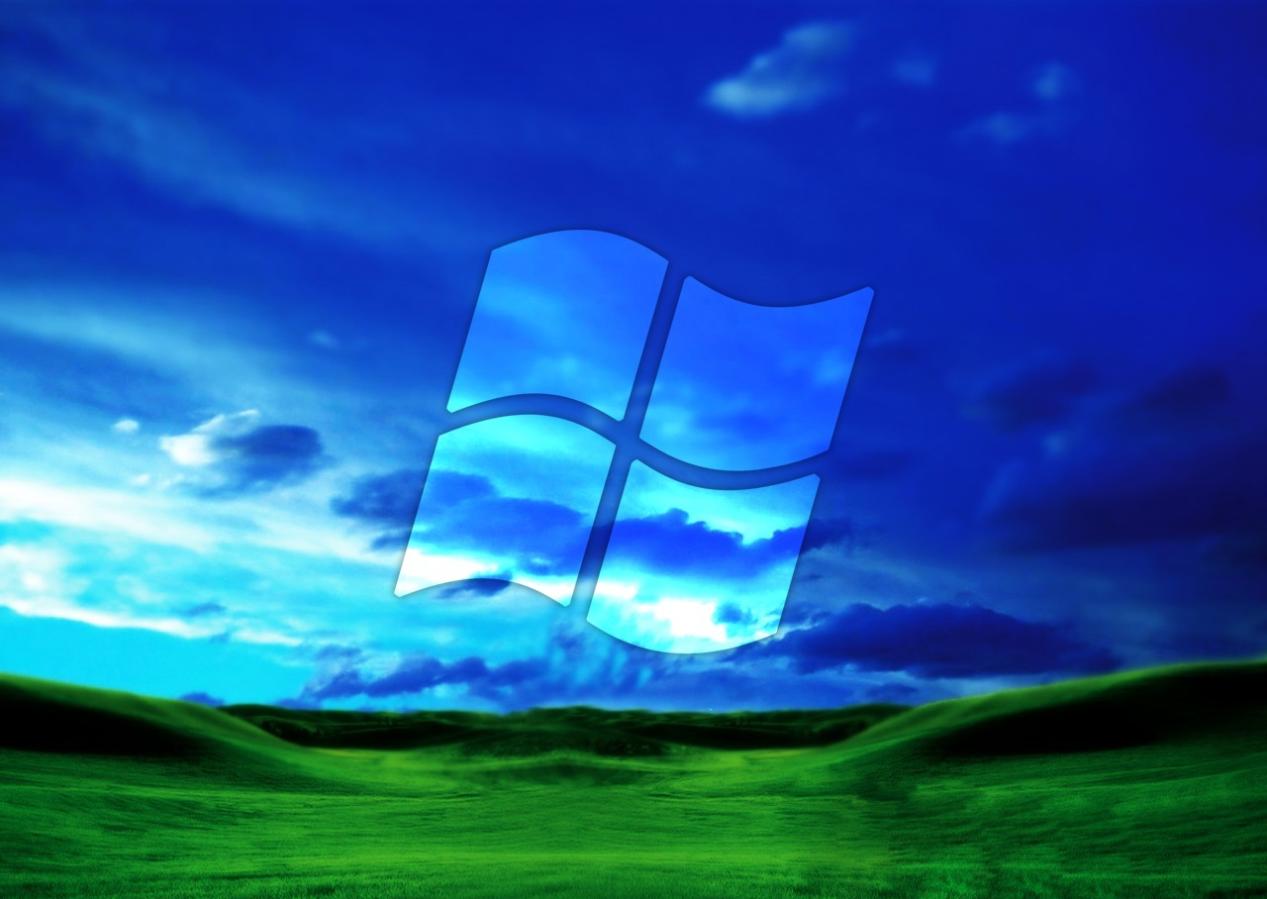Windows Command Line: The Key to Unlocking Your Computer's Full Potential
The Windows command line (cmd) is a powerful tool that allows users to interact with the operating system in a text-based environment. It provides access to a wide range of features and capabilities that are not easily accessible through the graphical user interface (GUI). This article explores the key benefits and use cases of the Windows command line, highlighting its importance in troubleshooting, automating tasks, and accessing advanced features.

I. Unlocking Hidden Features
The Windows command line enables users to modify system settings, manage files and folders, and perform administrative tasks that are not readily available through the GUI. For example, users can view detailed system information, modify registry settings, and manage network connections using commands such as "systeminfo", "regedit", and "netstat". These hidden features provide a deeper level of control over the operating system, allowing users to customize their systems and troubleshoot issues more effectively.
II. Troubleshooting And Diagnostics
The command line is an invaluable tool for diagnosing and troubleshooting system issues. It provides access to a wide range of commands that can be used to check system health, identify errors, and resolve problems. For example, users can use commands such as "sfc /scannow" to scan for and repair corrupted system files, "chkdsk" to check for disk errors, and "eventvwr" to view system logs. The command line allows users to pinpoint the root cause of issues and apply appropriate solutions, even when the GUI fails to provide sufficient information.
III. Automating Tasks

The Windows command line enables users to automate repetitive tasks by creating batch files and scripts. Batch files are simple text files that contain a series of commands that are executed sequentially. Scripts are more complex programs that can be written in various scripting languages, such as PowerShell. By automating tasks, users can save time and improve productivity. For example, users can create batch files to copy files, back up data, and run maintenance scripts on a regular basis.
IV. Advanced Networking And Connectivity
The command line plays a crucial role in managing network connections, configuring IP addresses, and troubleshooting network issues. It provides access to commands that allow users to view network information, test connectivity, and resolve common network problems. For example, users can use commands such as "ipconfig" to display network configuration information, "ping" to test connectivity to a remote host, and "tracert" to trace the route of a network packet. The command line is an essential tool for network administrators and IT professionals who need to manage and maintain complex network environments.
V. Security And Access Control
The Windows command line can be used to manage user accounts, set permissions, and enhance system security. It provides access to commands that allow users to create and manage user accounts, modify file permissions, and enable security features. For example, users can use commands such as "net user" to create and manage user accounts, "cacls" to modify file permissions, and "gpupdate" to apply Group Policy settings. The command line allows users to implement fine-grained access control and protect their systems from unauthorized access and malicious attacks.
VI. Conclusion
The Windows command line is a powerful tool that provides access to a wide range of features and capabilities that are not easily accessible through the GUI. It is essential for troubleshooting, automating tasks, and accessing advanced features of the operating system. By mastering the command line, users can unlock the full potential of their computers and become more proficient in managing and maintaining their systems.
To learn more about the Windows command line, users can refer to Microsoft's official documentation, online tutorials, and community forums. With a little effort and practice, anyone can become proficient in using the command line and unlock the hidden power of their computers.
YesNo

Leave a Reply